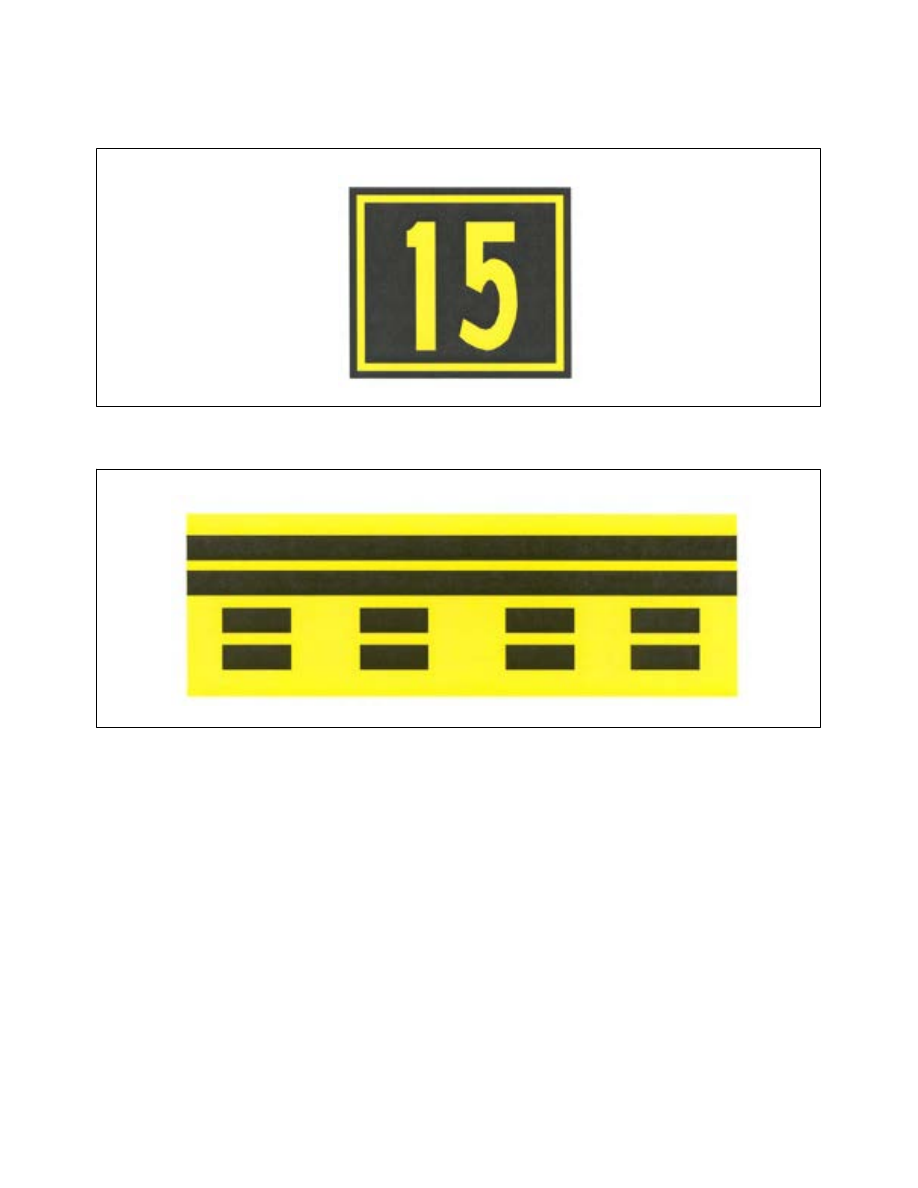
4/20/23
AIM
1.
24 to 30 per minute for beacons marking airports, landmarks, and points on Federal airways.
2.
30 to 45 per minute for beacons marking heliports.
b.
The colors and color combinations of beacons are:
1.
White and Green
−
Lighted land airport.
2.
*Green alone
−
Lighted land airport.
3.
White and Yellow
−
Lighted water airport.
4.
*Yellow alone
−
Lighted water airport.
5.
Green, Yellow, and White
−
Lighted heliport.
NOTE
−
*Green alone or yellow alone is used only in connection with a white
−
and
−
green or white
−
and
−
yellow beacon display,
respectively.
c.
Military airport beacons flash alternately white and green, but are differentiated from civil beacons by
dualpeaked (two quick) white flashes between the green flashes.
d.
In Class B, Class C, Class D and Class E surface areas, operation of the airport beacon during the hours
of daylight often indicates that the ground visibility is less than 3 miles and/or the ceiling is less than 1,000 feet.
ATC clearance in accordance with 14 CFR Part 91 is required for landing, takeoff and flight in the traffic pattern.
Pilots should not rely solely on the operation of the airport beacon to indicate if weather conditions are IFR or
VFR. At some locations with operating control towers, ATC personnel turn the beacon on or off when controls
are in the tower. At many airports the airport beacon is turned on by a photoelectric cell or time clocks and ATC
personnel cannot control them. There is no regulatory requirement for daylight operation and it is the pilot’s
responsibility to comply with proper preflight planning as required by 14 CFR Section 91.103.
2
−
1
−
10. Taxiway Lights
a. Taxiway Edge Lights.
Taxiway edge lights are used to outline the edges of taxiways during periods of
darkness or restricted visibility conditions. These fixtures emit blue light.
NOTE
−
At most major airports these lights have variable intensity settings and may be adjusted at pilot request or when deemed
necessary by the controller.
b. Taxiway Centerline Lights.
Taxiway centerline lights are used to facilitate ground traffic under low
visibility conditions. They are located along the taxiway centerline in a straight line on straight portions, on the
centerline of curved portions, and along designated taxiing paths in portions of runways, ramp, and apron areas.
Taxiway centerline lights are steady burning and emit green light.
c. Clearance Bar Lights.
Clearance bar lights are installed at holding positions on taxiways in order to
increase the conspicuity of the holding position in low visibility conditions. They may also be installed to indicate
the location of an intersecting taxiway during periods of darkness. Clearance bars consist of three in
−
pavement
steady
−
burning yellow lights.
d. Runway Guard Lights.
Runway guard lights are installed at taxiway/runway intersections. They are
primarily used to enhance the conspicuity of taxiway/runway intersections during low visibility conditions, but
may be used in all weather conditions. Runway guard lights consist of either a pair of elevated flashing yellow
lights installed on either side of the taxiway, or a row of in
−
pavement yellow lights installed across the entire
taxiway, at the runway holding position marking.
NOTE
−
Some airports may have a row of three or five in
−
pavement yellow lights installed at taxiway/runway intersections. They
should not be confused with clearance bar lights described in paragraph 2
10c, Clearance Bar Lights.
e. Stop Bar Lights.
Stop bar lights, when installed, are used to confirm the ATC clearance to enter or cross
the active runway in low visibility conditions (below 1,200 ft Runway Visual Range). A stop bar consists of a
Airport Lighting Aids
2
−
1
−
13